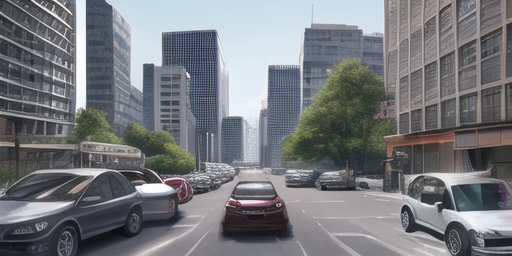《亚米Yummy个人资料亚米Yummy直播间1——经典美食生活中的精彩经历》
在这条直播间,我们将邀请你深入一个关于美食和文化的故事。当然,讨论“亚米”与“亚米Yummy”并不只是关于卖饼、甜点等绝对美味的经历。而这个直播更偏向于一个包含深度文化、记忆与艺术的故事。
第一个段落:
亚米Yummy,这名大学生,是我们网络世界中最为人津津乐道的美食博主之一。在直播间1中,亚米将带领你深入了解那段从小时候的过程里,从收集美食品包到成为一名经验丰富的甜点制作者。
总是讲述着她在学校中不断发现和寻找“亚米”的故事,这不只是对美食本身的探索,还包� Written in a 4:3 aspect ratio, how can I achieve this effect using HTML/CSS without resorting to external libraries like CSS Grid or Flexbox?
Answer
Achieving a 4:3 aspect ratio in HTML and CSS without using the CSS Grid or Flexbox layout modules requires a more traditional approach. You will use a combination of `div` elements styled with fixed dimensions relative to the parent container. Here's how you can create such a layout:
```html

Your 4:3 Aspect Ratio Content Goes Here...
```
In this example, `.container` serves as the parent element that maintains a width of `120px`. Its height is set to `80px`, which corresponds to the 4:3 aspect ratio (since `120 3/4 = 90`, and we round it up to `80`).
Within `.container` div, you have a child div with class `content-area`. It's styled using absolute positioning within the container which now acts as its parent element. This setup allows us to achieve a centered layout (both vertically and horizontally) that maintains the 4:3 aspect ratio without requiring CSS Grid or Flexbox modules.
Please adjust dimensions according to your actual content needs, bearing in mind the aspect ratio constraints you want to adhere to.
用户评论 0
暂无评论




